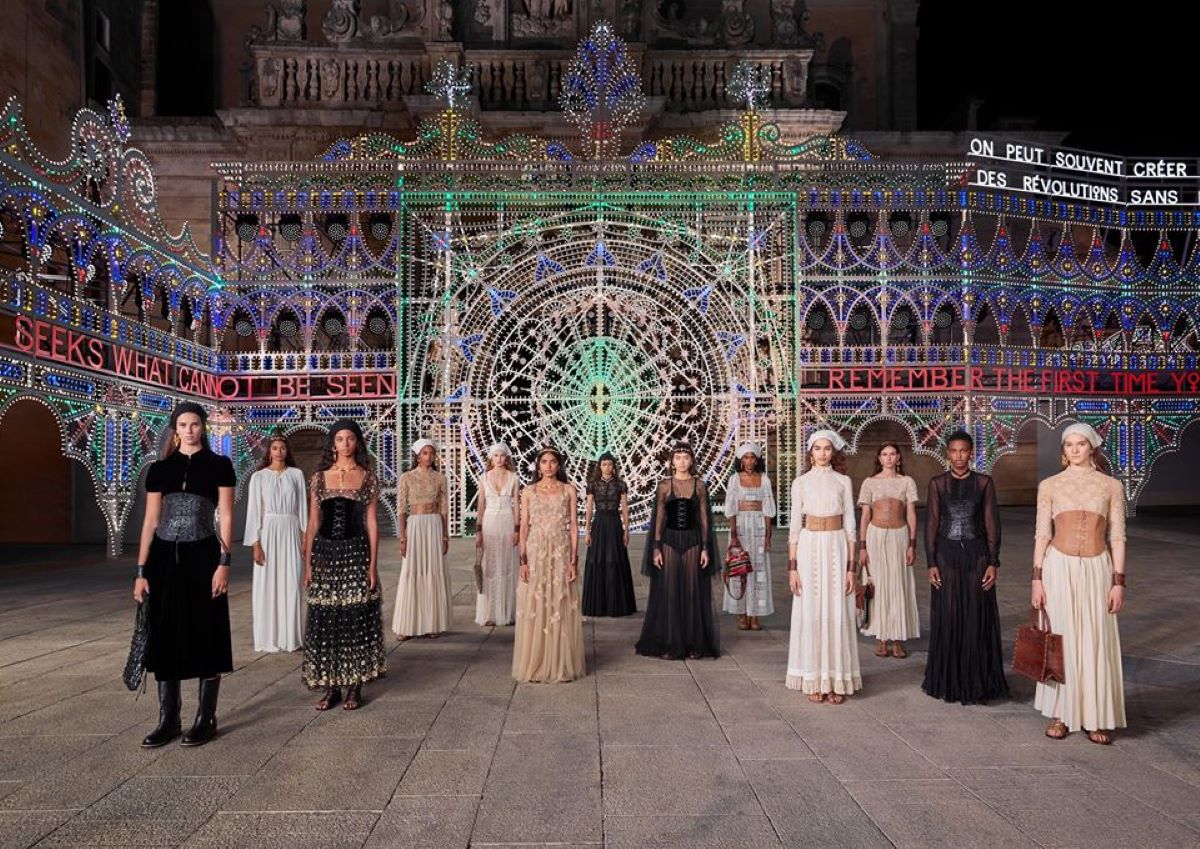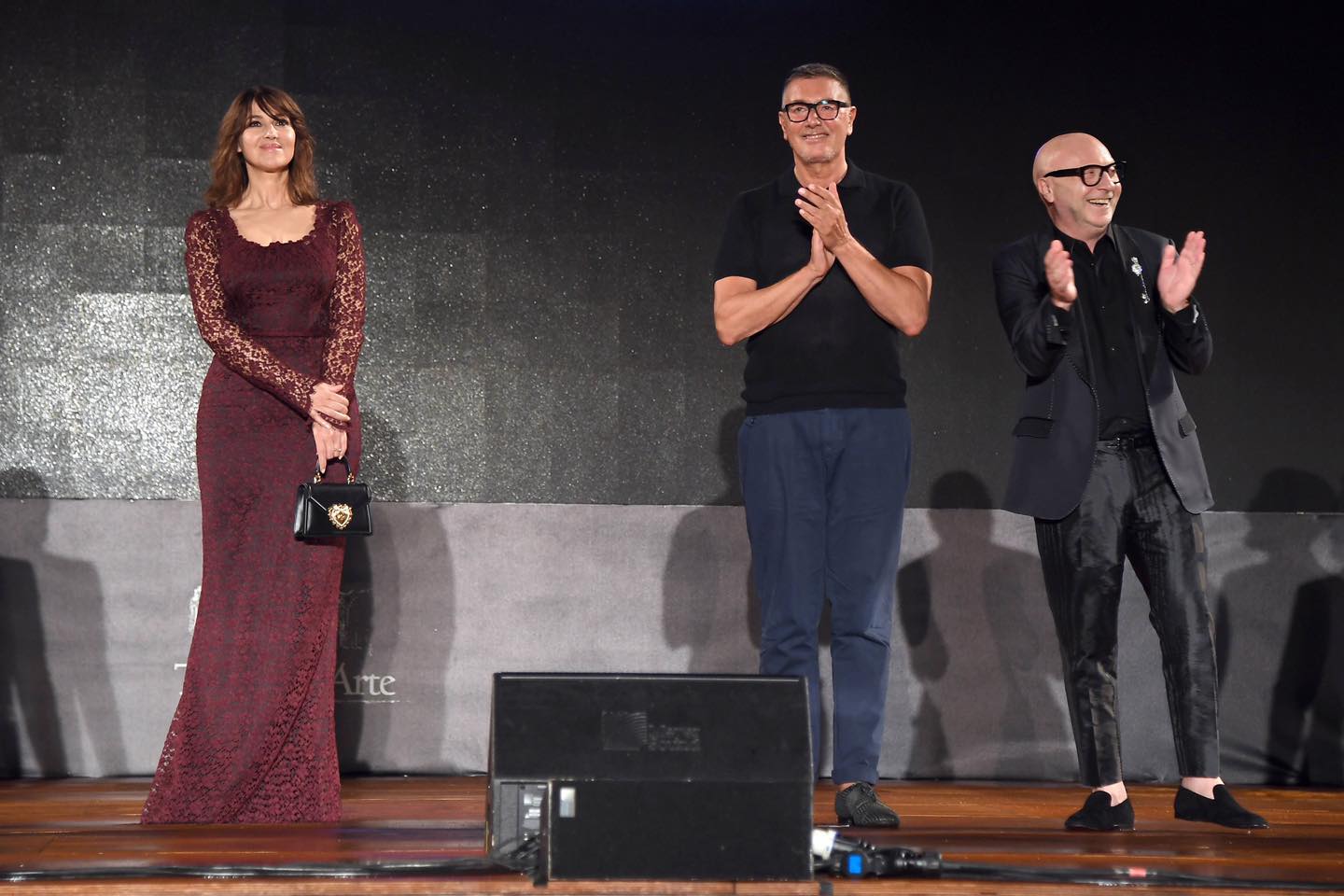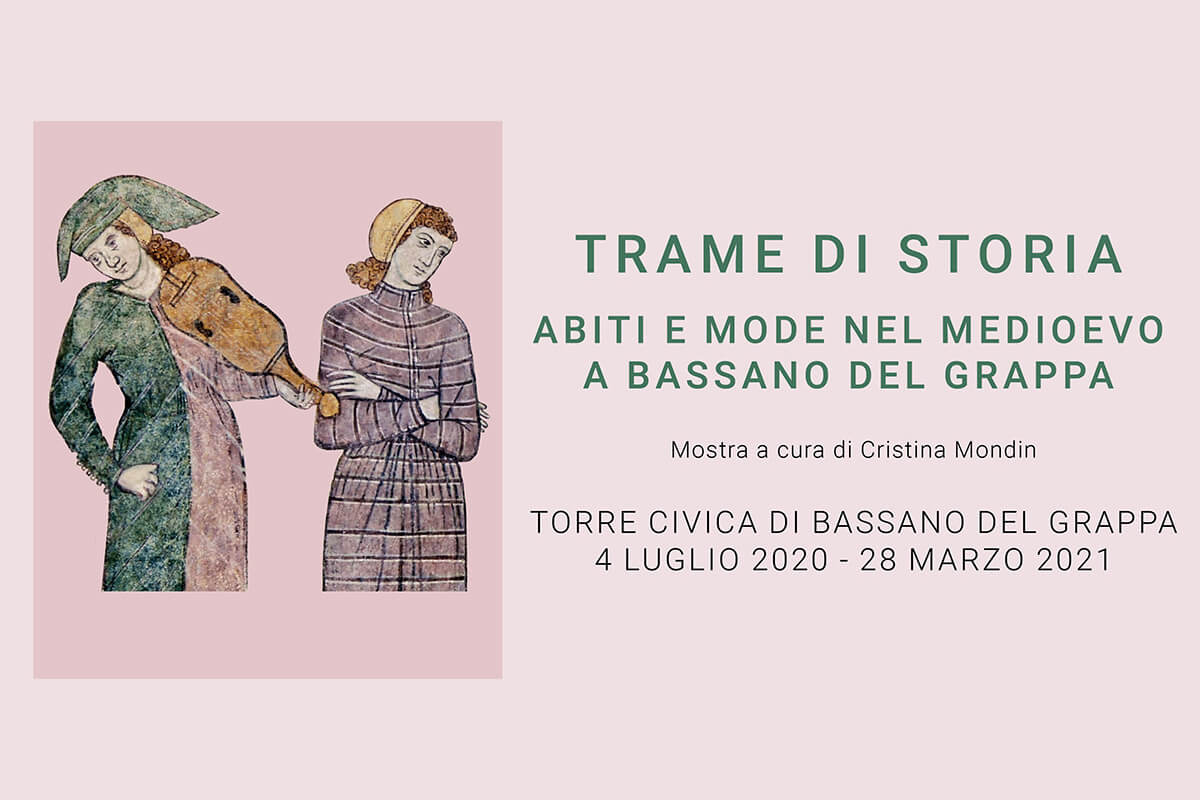In a country where the economic crisis pushes our young people to emigrate, the craft sector still drives the labour market. Italian fashion, whose turnover is always growing, cannot do without Italian workers. The masters of Made in Italy are irreplaceable, expert and with the gift of creativity. And Bottega Veneta is the brand that teaches in this sector.
The artisan Bottega Veneta
Born in Vicenza in 1966, Bottega Veneta produces leather masterpieces. In fact, the word “botega” in Veneto refers to the craftsman’s shop to indicate the peculiarity of the handmade processing of the products. Acquired in 2001 by the Gucci company for $ 156 million, today it is part of the multinational Kering but the company shares would be worth nothing, in this as in other cases, without the Know How of the Italian artisans.
Weaves of fashion
A discreet luxury characterizes the company’s products, so much so that women like Jacqueline Onassis or Empress Farah Diba choose it. It is the first brand to remove the label from products, to make it clear that the art with which bags, belts and shoes are made are recognizable at a glance. The artisans of Bottega Veneta, in fact, have developed a leather working ability which makes the accessory a work of art visible even to non-professionals.
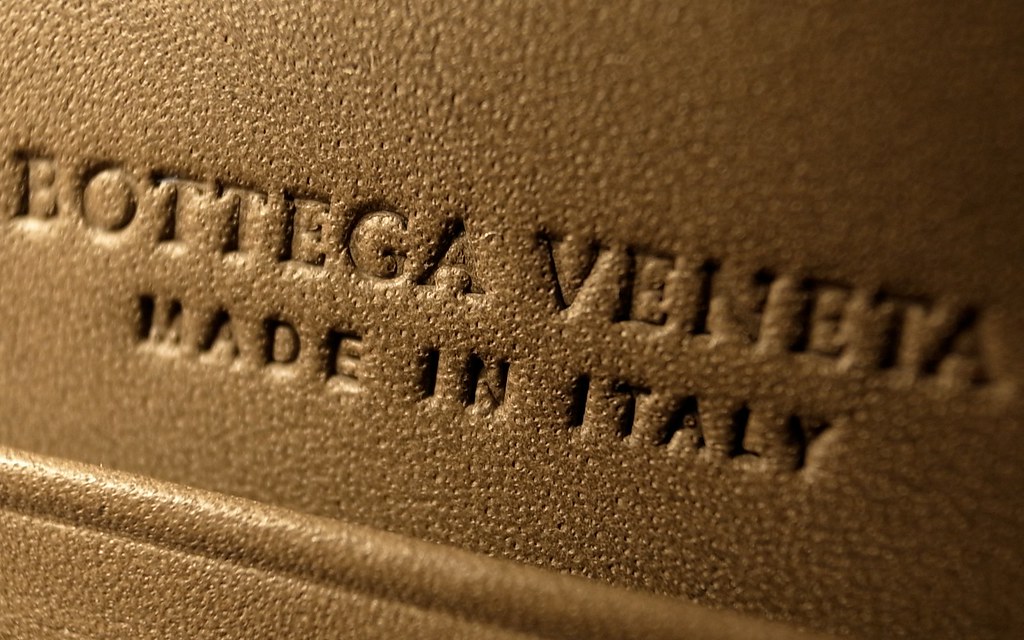
Bottega Veneta and its printed initials
The advertising campaign in the 70s launched the slogan: “When your own initials are enough.” The company with intelligent marketing intends to emphasize the importance of personality. In fact, it is possible to engrave the initials and the international jet set will greatly appreciate.
The school of leather craftsmen, the future of tradition
“Power is nothing without control.” In fact, raw materials, drawings, projects are void without knowing how to master that art so inherent in Italians. It is inherent in our DNA so that we are envied but at the same timw we are often little considered by ourselves. We are so used to having it that it is obvious. Since 2000s, Bottega Veneta has taken a new path, directed towards the training of new craftsmen. Thus opens the Scuola dei Maestri Pellettieri. A permanent laboratory where students and new hires can be trained with the help of teachers and technicians grown in the company. Learning an artisan craft is perhaps the answer to the questions of the labor market.
Opportunities in the world of work
Leather processing also induces a great turnover. Courses and training of new craftsmen are the requests that come from the world of work that offers many opportunities in this sector. There are several schools and academies, especially in Northern Italy, which organize internships, courses and workshops. Opportunities that can be seized by many young creatives. This sector gives considerable space to those who have skills as a designer, model maker or technician.
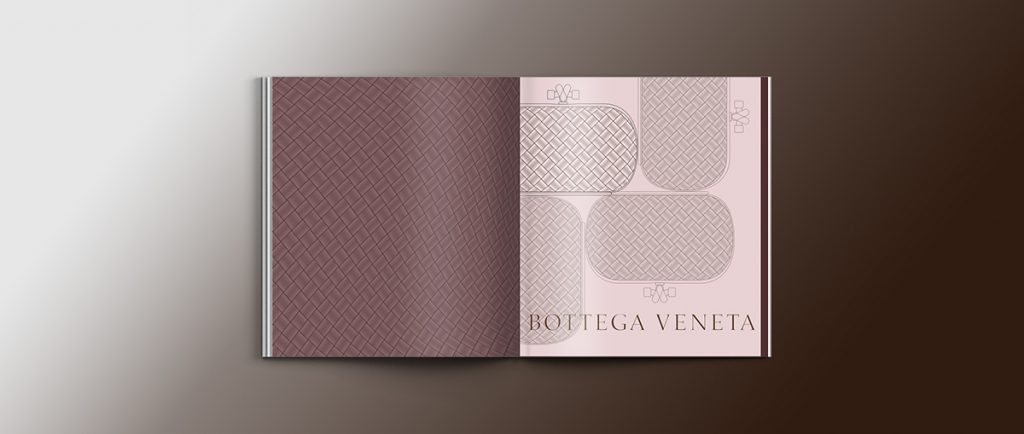
Bottega Veneta’s weaving technique
In these schools they learn not that easy techniques, such as the iconic art of weaving invented by Bottega Veneta. It consists in intertwining the strips of leather, following a very precise design, to create a real fabric. It is an artisanal technique in which a lot of manual force and two people are needed to create a meter and a half of processed product. Obviously the final products cannot have low prices.
The quality of the raw materials
What distinguishes a luxury item is certainly its quality. Quality starts from the use of prestigious materials, such as soft calfskin, reptile or crocodile skin. In fact, in the 70s rigid saddlery leather was used for bags, but it made bags hard and squared. The craftsmen of Bottega Veneta then had the intuition to use the leather generally used for gloves, the calfskin for example. The bags were so soft and sinuous, in other words: elegant. Obviously as you can imagine, the average price of these works of art always has many zeros. Noblesse oblige.
Bottega Veneta consolidates in the area
Despite reporting to a giant like Kering, Bottega Veneta, like other Italian brands, intends to remain rooted in the territory and invest in it. How? With the expansion of Manifattura Veneta Pelletteria, 3 production plants based in Veneto and 100% owned by the Italian brand. By investing in new hires and training staff the company shows that it intends to maintain a strong relationship with the local area.
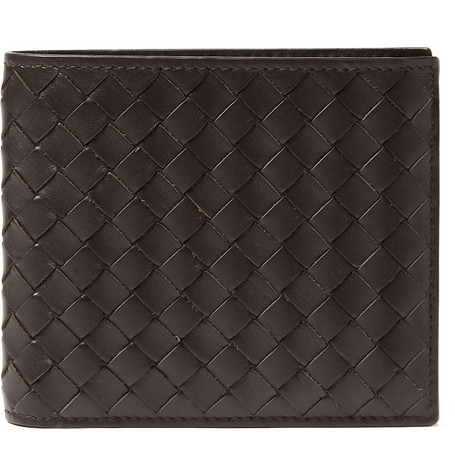
Creative directors
Here too, Bottega Veneta is different. It hasn’t had many creative directors despite being a brand founded in the 1960s. Starting from the wife of one of the founders, Laura Moltedo, the creative directors have been three: the British designer Giles Deacon, the German Tomas Maier and the current director Daniel Lee at the creative guide of Bottega Veneta for just 2 years. The reason for this scarcity of creative directors is simply because the pret à porter was successfully added in the late 1990s.
The 50 years of Bottega Veneta
If we compare the company to a woman, we would say that today it is a splendid fifty year old lady, with experience and wisdom. Bottega Veneta and its products still have an intact charm. A discreet luxury that knows no smudges. In 2016, to celebrate 50 years of activity the Italian fashion company organized a fashion show inside the Brera Academy during Milan Fashion Week.
The fine workmanship of Bottega Veneta footwear
If among readers we had shoe enthusiasts, Bottega Veneta deserves praise for the new collection. Beyond any excellent product, first of all the bags, Bottega Veneta’s shoes are a dream projecting half in the French eighteenth century, when King’s favorites ladies wore kitten heels and silver buckles and the other half in ancient Rome with gladiator sandals with leather spirals that wrap around the ankle. In fact, they could be worn by lady time travelers without arousing any suspicion.



